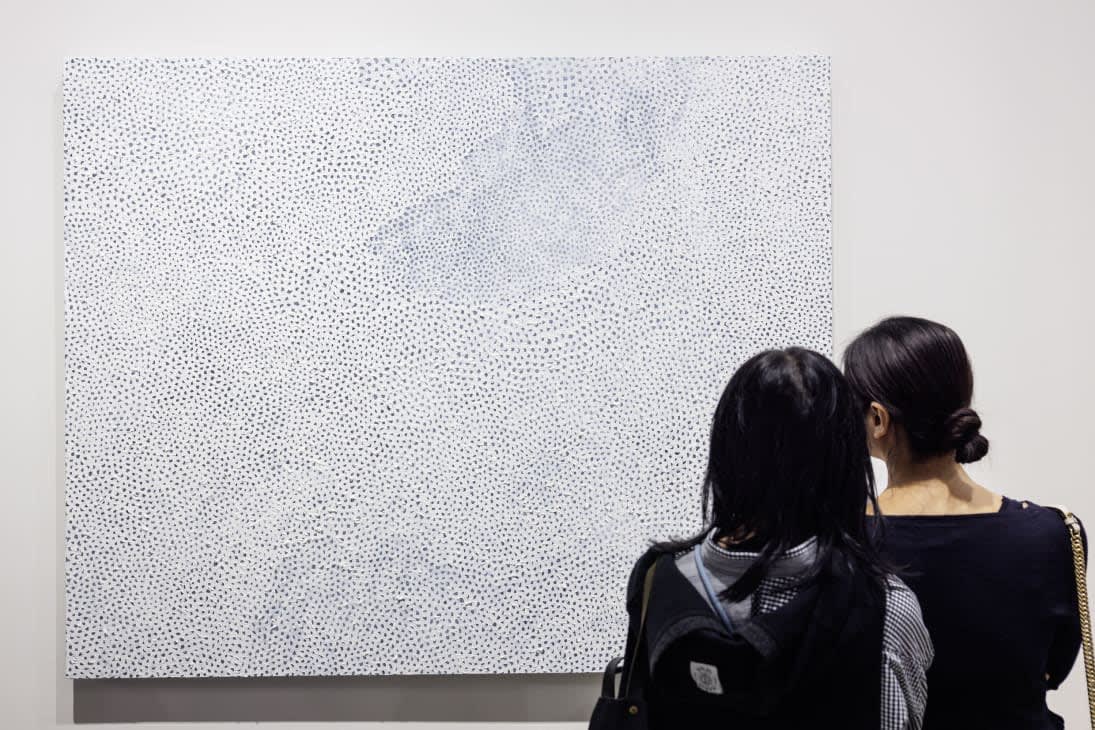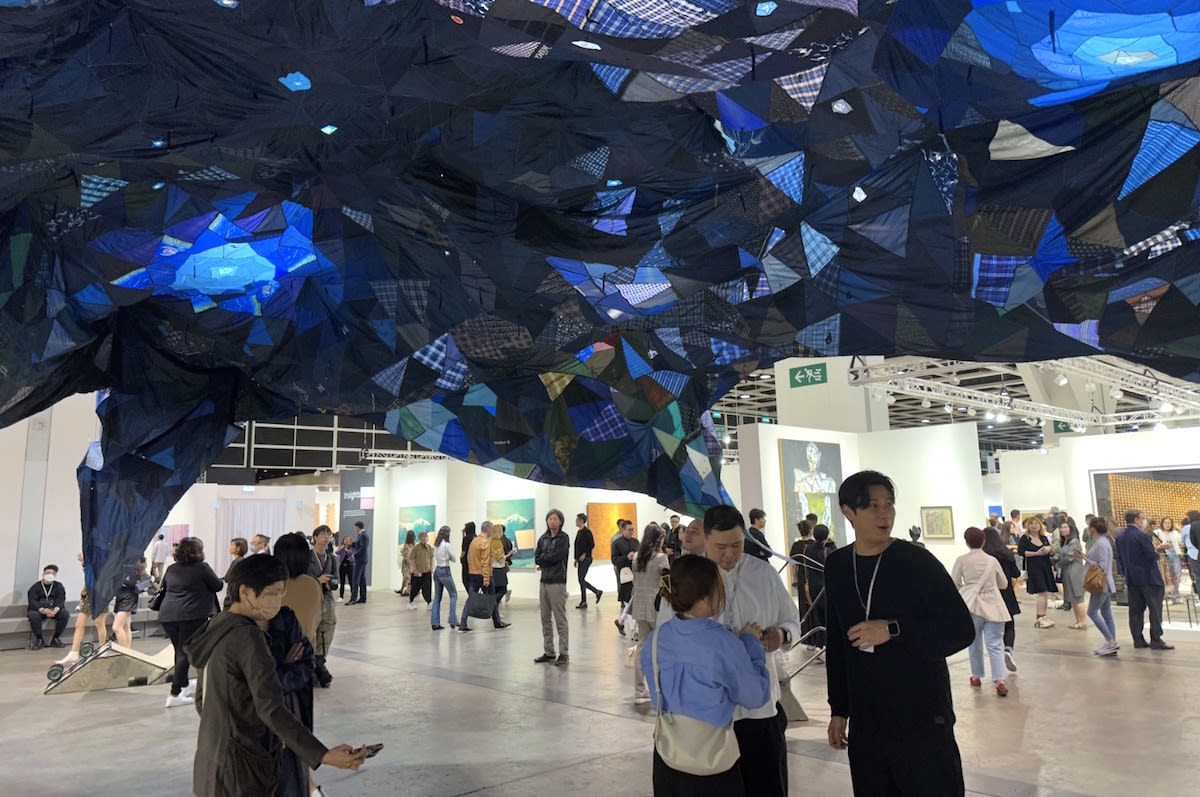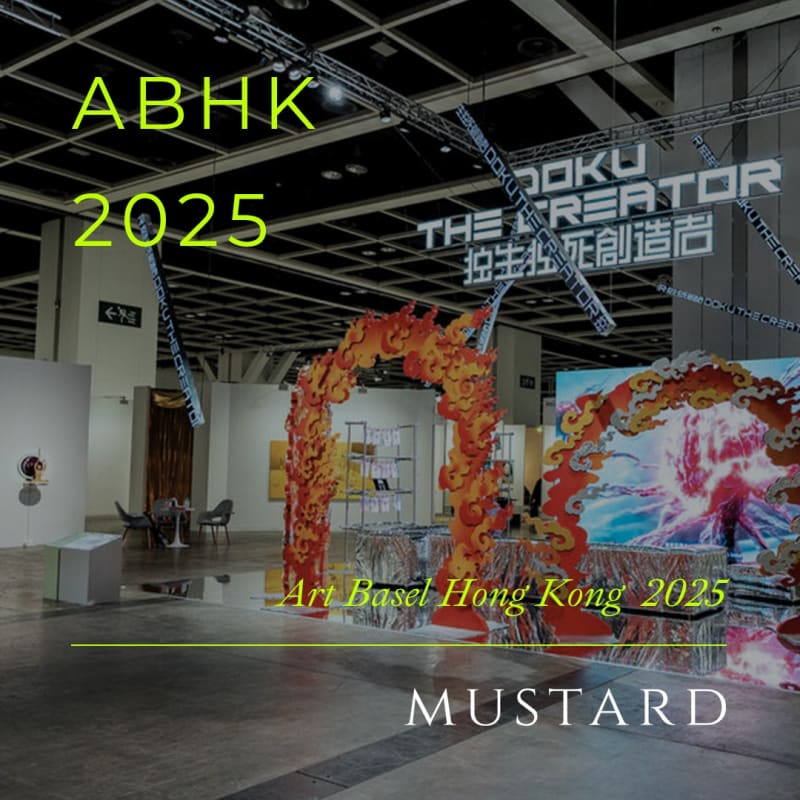The 2025 edition of Art Basel Hong Kong (ABHK) opened under a haze of uncertainty - or what could be considered the new normal in contemporary art - but ended with a sense of cautious relief. Dealers came prepared for a softer market, but by the close of the VIP preview, many were reporting steady - if not spectacular - sales, along with a welcome influx of new faces. Fair director Angelle Siyang-Le pointed to the “exponential” growth of Gen Z collectors from mainland China, while buyers from Southeast Asia, especially Singapore and the Philippines, made their presence felt.

Frenzied, million-dollar sales and sell out booths in the first hour of opening day seem to be a thing of the past - at least for now. Blue-chip works still drew attention, but sales came slowly. David Zwirner placed Yayoi Kusama’s INFINITY-NETS for $3.5 million, alongside a new Michael Borremans painting for $1.6 million. Hauser & Wirth sold Louise Bourgeois’s Cove to an Asian collector for $2 million, though her more ambitious Cell (Choisy Two) - priced at $7.5 million - hadn’t found a home by the end of the fair.

“People are just less urgent to pull the trigger,” said Mathieu Borysevicz of Shanghai’s Bank gallery. That note of caution extended to buyers from mainland China, where spending hasn’t yet returned to pre-pandemic levels. According to ArtTactic, auction sales in the region fell by 41% in 2024, and dealers noted that Mandarin was less commonly heard around the booths.
This year’s edition played out against a complex backdrop of rising US-China tensions, including new tariffs introduced under the International Emergency Economic Powers Act (IEEPA). While Hong Kong’s free-port status has shielded it from direct impact, the global chill in cross-border trade was noticeable. Fewer American collectors made the trip, and several major US galleries - including Edward Tyler Nahem and Helly Nahmad - chose to sit this one out. Lévy Gorvy Dayan, which made headlines in 2018 for selling a $35 million Willem de Kooning, was also absent after closing its Hong Kong gallery last year.

Hong Kong continues to hold its position as the region’s preeminent art hub, but the city’s long-term role will depend on how well it adapts to geopolitical shifts and how effectively it nurtures a new generation of collectors. As one local adviser put it: “Galleries will be rewarded for bringing their A-game.” Whether they do next year may come down to whether the world (and the market) can find firmer footing by 2026.
